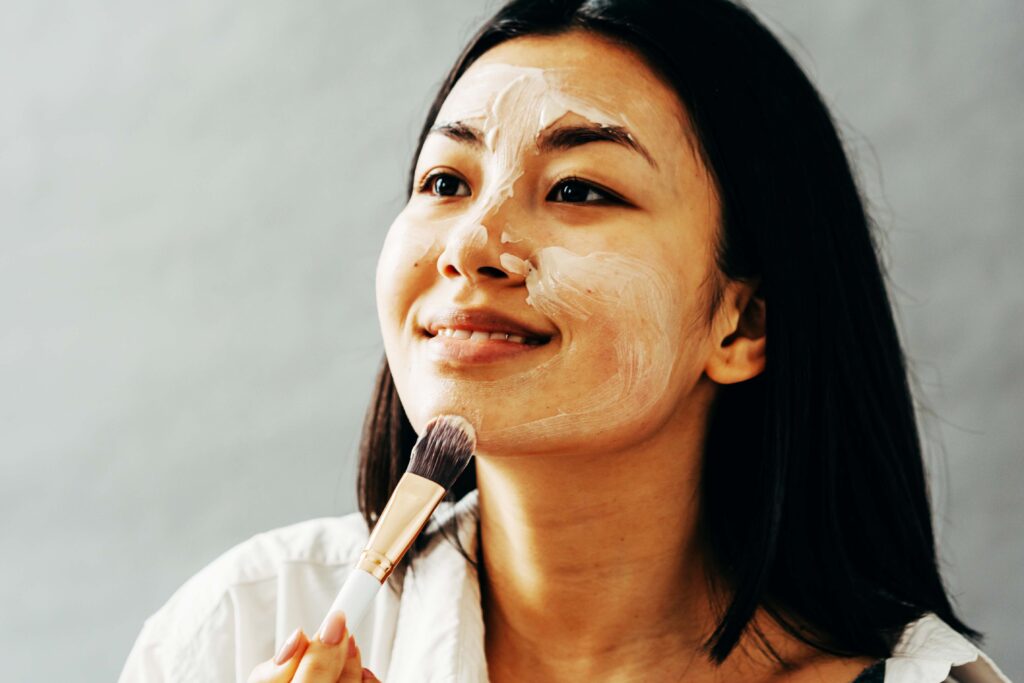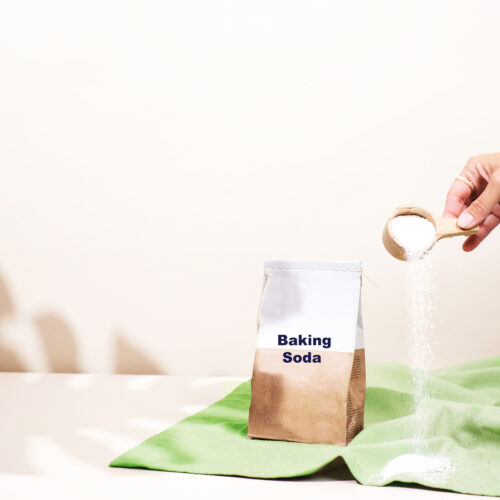Scrub Away Dullness with These 8 Delightful Natural Exfoliants for Glowing Skin!

by Stefanie Michaels
If you’re on a budget, and looking for a natural approach to exfoliating your skin, check out these items below.
These ideas are best to exfoliate skin, are natural and gentle enough to use on sensitive skin. They also effectively remove dead skin cells, unclog pores, and leave skin feeling refreshed and clean.
- Sugar: Sugar granules are a gentle yet effective exfoliant for the skin. They are natural, non-abrasive and dissolve easily, making them ideal for sensitive skin.
- Salt: Salt is another natural exfoliant that is slightly more abrasive than sugar. It can be used to slough off dead skin cells and leave the skin feeling soft and smooth.
- Baking soda: Baking soda is a gentle exfoliant that can be used to cleanse and exfoliate the skin. It helps to remove dirt and impurities, leaving the skin feeling refreshed and clean.
- Jojoba beads: Jojoba beads are small, round beads that are derived from the jojoba plant. They are gentle enough for sensitive skin and effectively remove dead skin cells.
- Oatmeal: Oatmeal is a natural exfoliant that is gentle on the skin. It helps to remove dead skin cells, unclog pores and soothe irritated skin.
- Ground coffee: The caffeine in coffee can help to stimulate blood flow and reduce the appearance of cellulite. The grounds are also a gentle exfoliant that can help to remove dead skin cells.
- Fruit acids: Fruit acids, such as alpha hydroxy acids (AHAs) and beta hydroxy acids (BHAs), are derived from fruits and are used to exfoliate the skin. They work by dissolving the bonds that hold dead skin cells together, allowing them to be easily removed.
- Papaya enzyme: Papaya enzyme, also known as papain, is a natural exfoliant derived from the papaya fruit. It works by breaking down and dissolving dead skin cells, leaving the skin feeling soft and smooth. It also helps to brighten and even out the skin tone. Papaya enzyme is gentle enough for sensitive skin and can be found in products such as masks, cleansers and scrubs.

TIP: Before going all out on your skin with these natural solutions, make sure to try a test patch to ensure no allergies pop up. If you have a dermatologist, it’s a great idea to check with them ahead of time before trying these options. Some may only be good for thicker skin on legs and arms— not necessarily the face.
A little history:
Natural exfoliants have been used for centuries to improve skin health and appearance. Many ancient civilizations, including the Egyptians, Greeks, and Romans, used natural exfoliants such as sugar, salt, and crushed seeds to keep their skin looking healthy.
In ancient Egypt, women used sugar, honey, and milk to exfoliate their skin. The Greeks and Romans utilized sand, pumice stone, and crushed olive pits to exfoliate their skin. In Asia, rice bran was used as an exfoliant, while in Africa, sand and oil were used.

In the 1900s, the use of natural exfoliants declined as synthetic ingredients became more popular in skin care products. However, in recent years, there has been a resurgence of interest in natural ingredients, including natural exfoliants, as people have become more aware of the potential risks associated with synthetic chemicals.
These exfoliants are used in various skincare products, including cleansers, masks, and scrubs. Some popular exfoliants include sugar, salt, oatmeal, coffee grounds, nuts, and seeds.
They are beneficial for the skin in several ways. They help to remove dead skin cells, unclog pores, and improve circulation. This can help reduce the appearance of fine lines and wrinkles and improve skin texture and tone.They are also gentler on the skin than synthetic exfoliants, which can be harsh and irritating.


